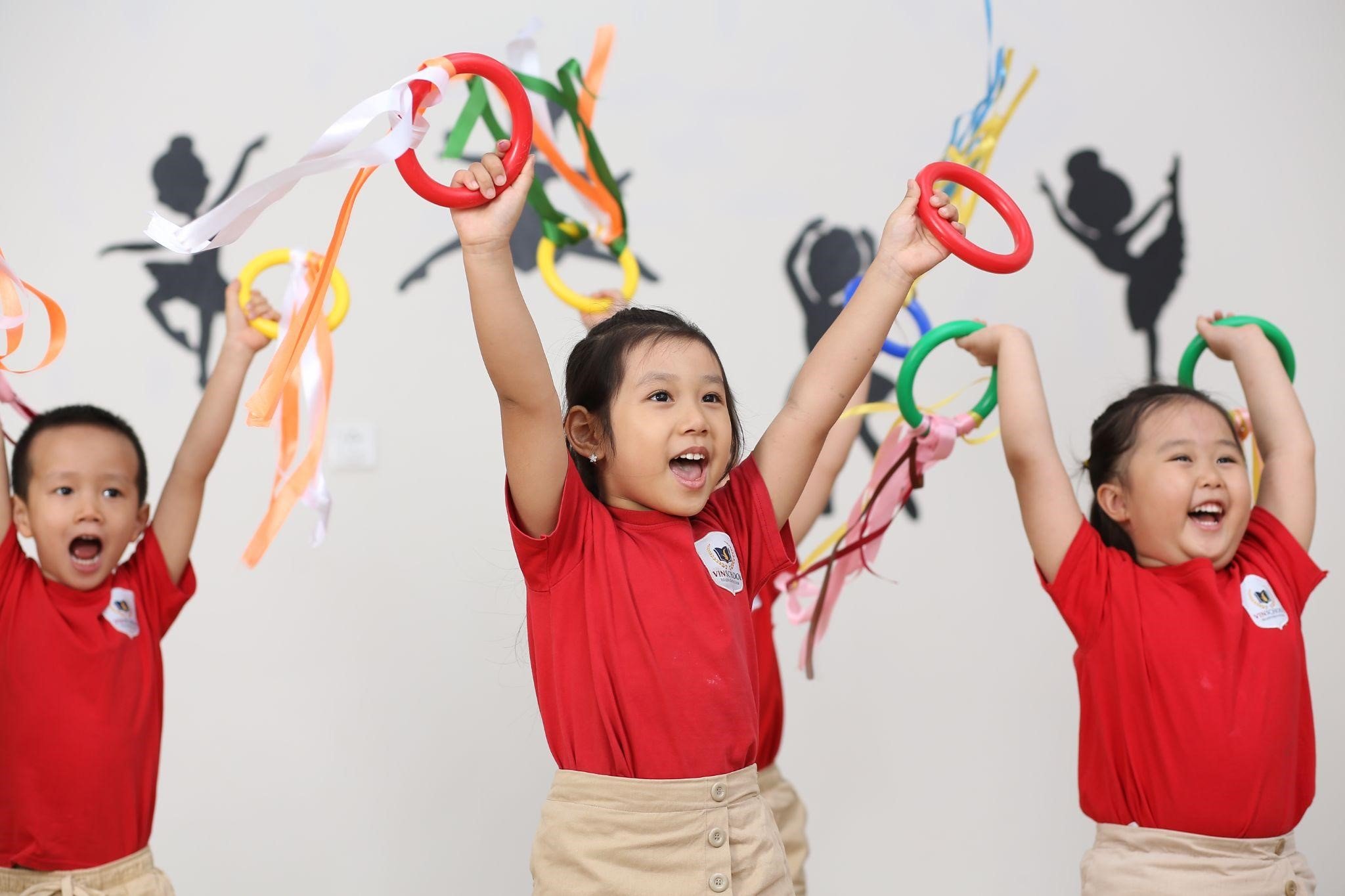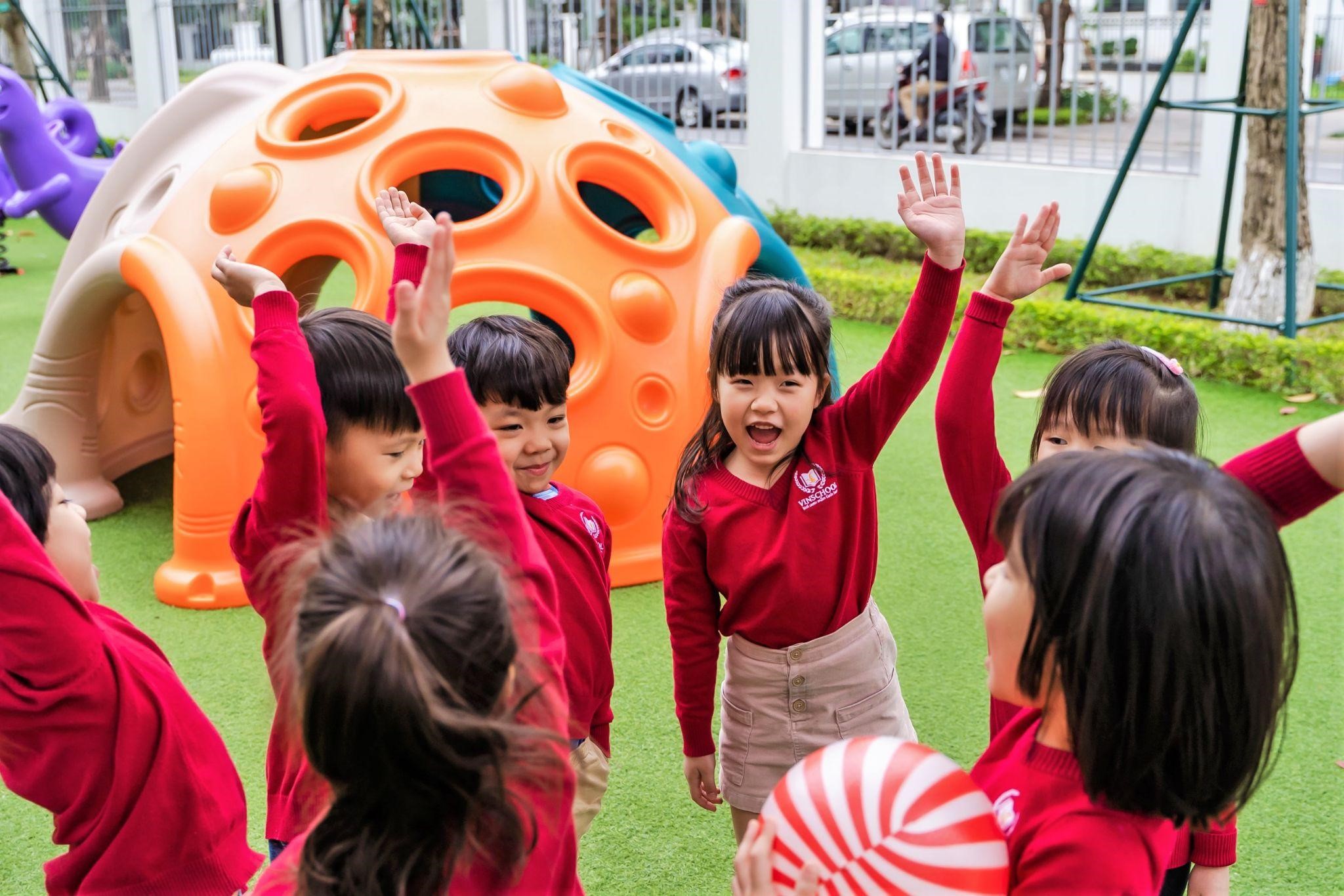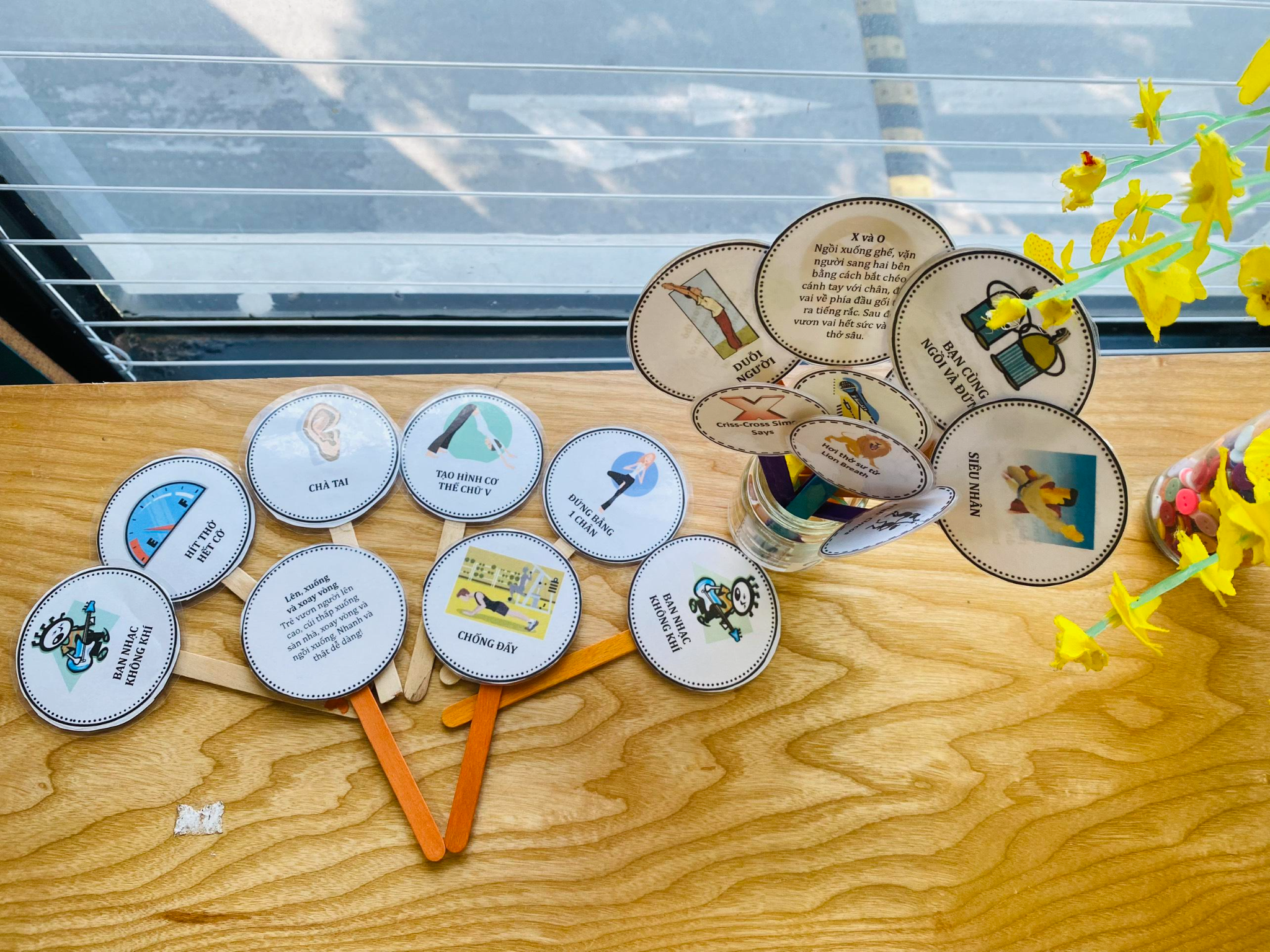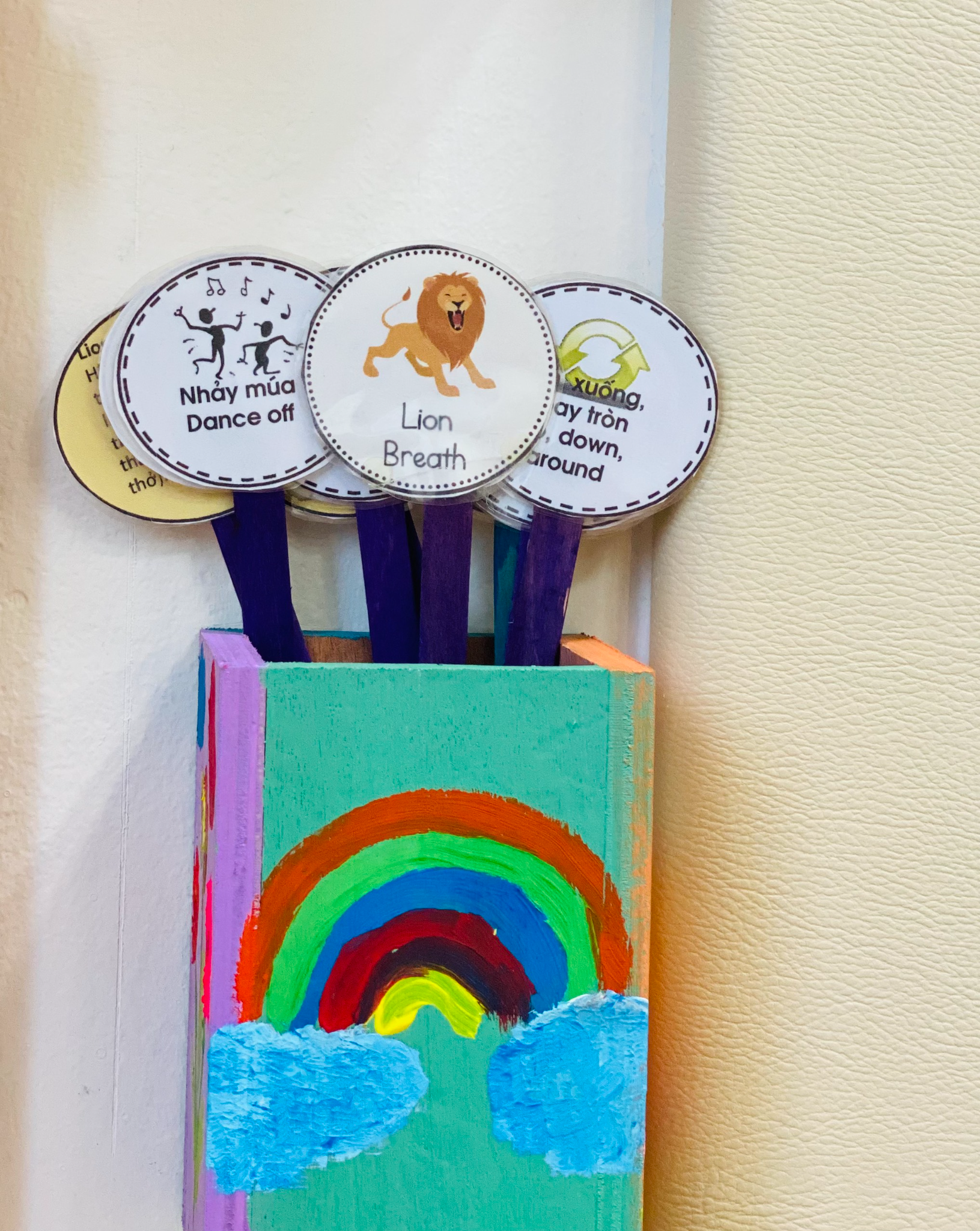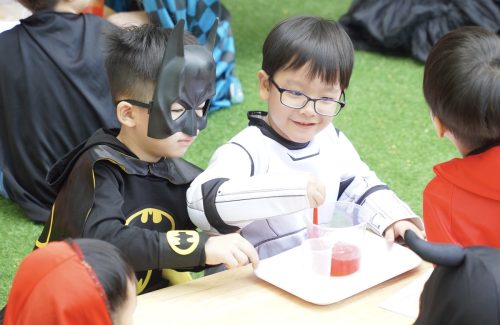“Brain breaks” – Quick Exercises to Relax the Brain
Children can hardly sit still because they have a high demand for physical movement. When they start to lose concentration, their brain immediately returns to the state of relaxation. In fact, constant fidgeting and moving around are ways for them to stimulate their brain to “get back to work”. Therefore, it is useless for adults to just remind and make them stay focused. It is why children are badly in need of quick exercises for brain breaks, which are effective tools for them to reactivate their brain, regain focus and attention, and reduce stress at the same time.
1. What are “brain breaks”?
“Brain breaks” is a term for “quick exercises for the brain to rest”. It is an important skill that Vinschool Kindergarten teachers are trained in. Each activity only lasts a few minutes, normally in the form of exercises to the rhythm of music. The exercises are simply and quickly held throughout the day, ensuring that the brain can relax and be awakened at the same time.
Many studies show that periodic resting of the brain will significantly improve the concentration of children and adults. Normally, the little ones need 5-10 minutes of brain breaks after every 10 minutes of focused attention (e.g. studying, writing, drawing, etc.). When they grow older, they can concentrate better, therefore, they can have a brain break once every 20-30 minutes. After such exercises, they can easily stay focused and proactively participate in other activities
2. “Brain Breaks” and “Relaxation Jar”
At Vinschool Kindergarten, children can randomly select a “Quick Exercise” from a “Relaxation Jar”. Parents can refer to the following instructions to design a “Relaxation Jar” with different activities for children to do at home with their family.
* Procedure:
– Print different colors on a piece of cardboard, cut them out and stick them onto wooden sticks. (The exercises can also be written or drawn onto index cards.)
– Each card should have 2 sides: illustration on one side, and instructions on the other side
– Put the cards into the “Relaxation Jar”, where anyone in the family can draw a “Quick Exercise” card.
* 12 Most Popular “Brain Breaks” Cards:
Similarly, parents and children can write different movement activities based on their interests to complete the “Relaxation Jar”: dancing, skipping, breathing, keeping balance, push-ups, animal pretend play, and quick outdoor activities such as skateboarding, or playing on the swings. Each “Relaxation Jar” should have 20-30 cards so that the activities are changeable and interesting enough. Special attention should be paid to children’s interests as well. “Brain breaks” are definitely great bonding times for children and their family.
References: 3rd Grade Thoughts

